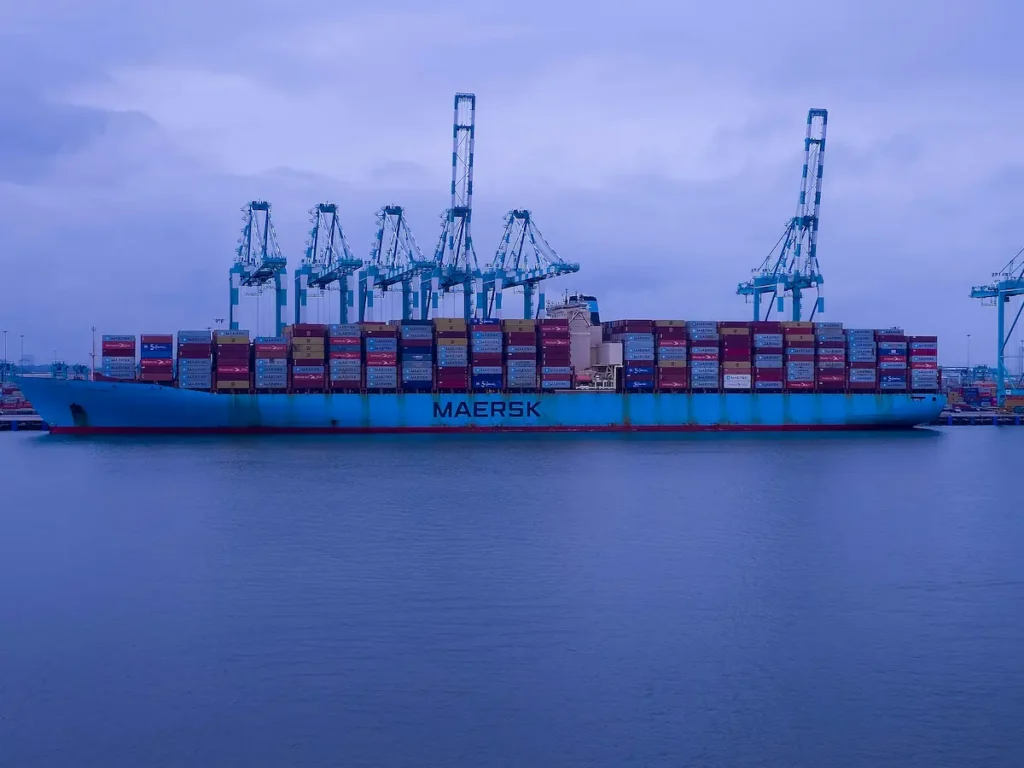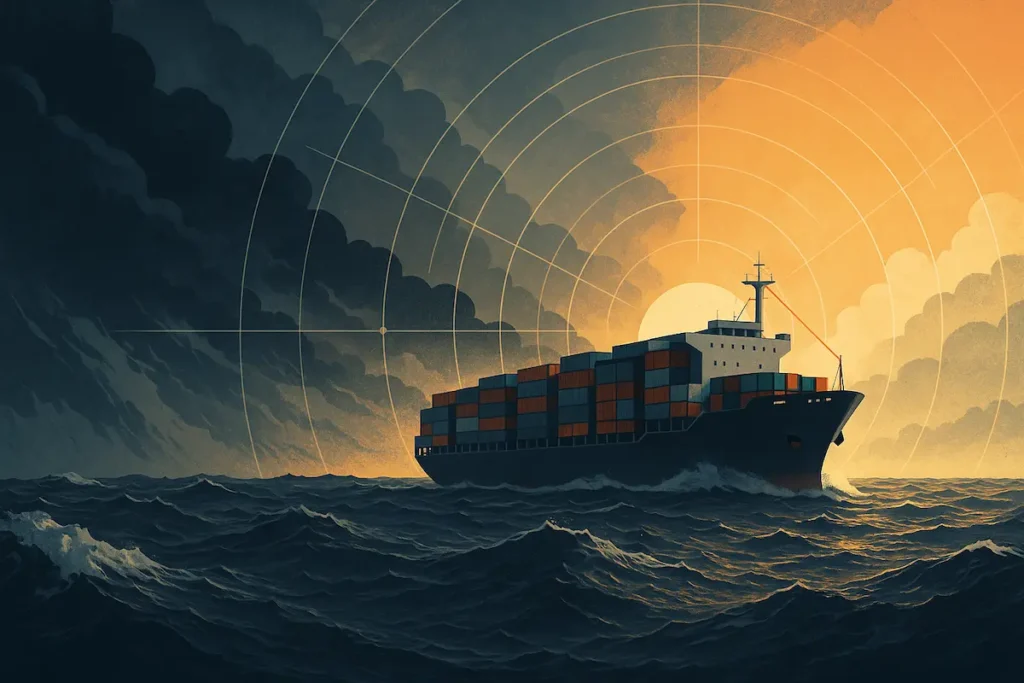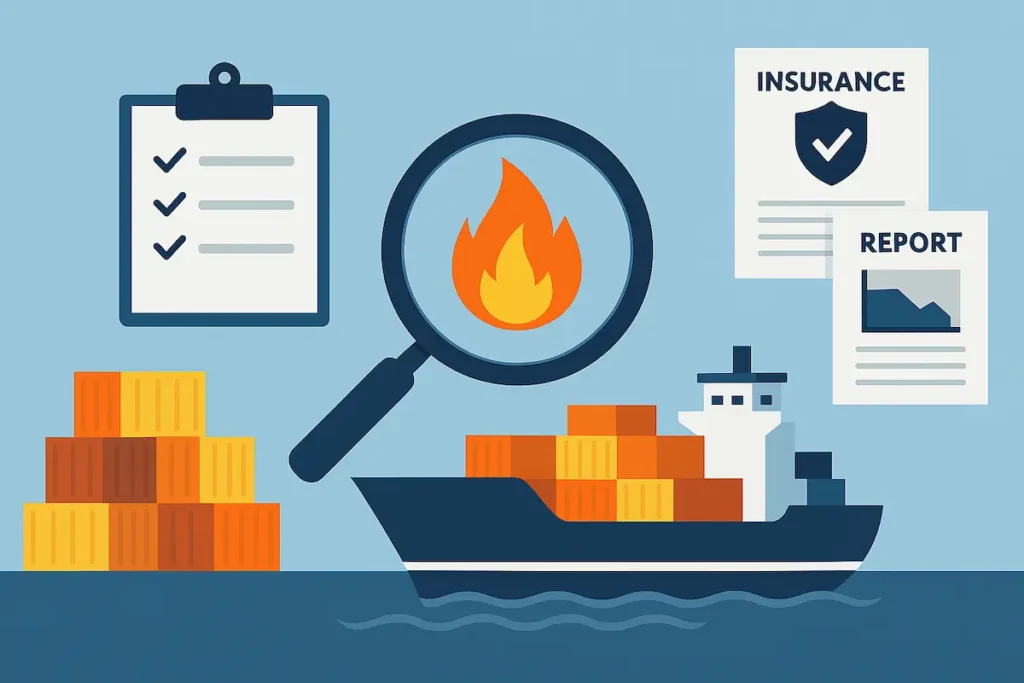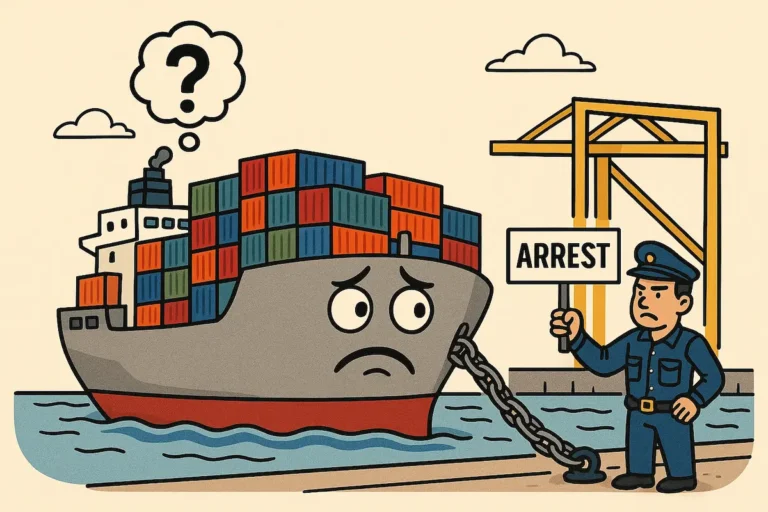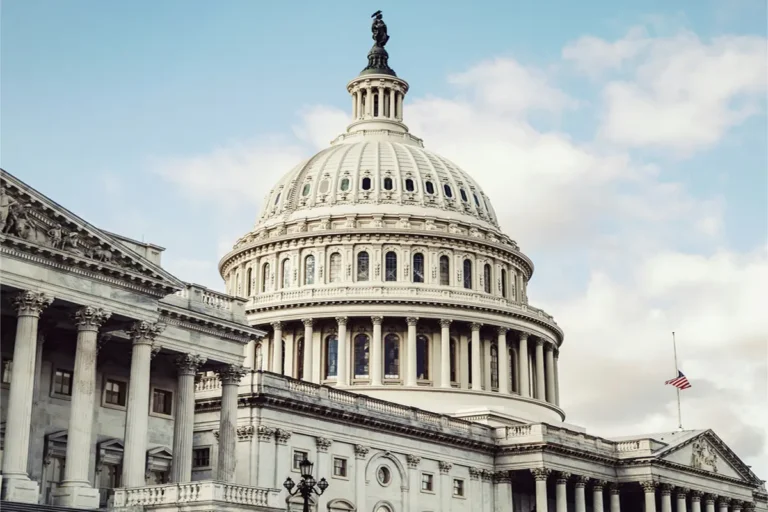Supply chain visibility and diversification, and the Internet of Things topped a new survey of most relevant logistics trends, as AI, while broadly hyped, finished at the bottom of the list.
The Logistics Trend Map, developed by Maersk (OTC: AMKBY) in collaboration with Statista, leveraged expert interviews, deep data analysis and insights from over 500 industry leaders to construct a comprehensive guide to the most impactful trends shaping global trade and supply chains.

Maersk in a preface to the study said the trends offer targeted solutions to key industry challenges including geopolitical disruptions, rising energy costs, trade barriers, regulatory complexity and increasing transportation costs. By adopting these trends, Maersk says companies can create new opportunities for cost optimization, improved customer satisfaction and accelerated decision-making.
The degree of trend adoption varies significantly across regions.
Asia-Pacific led in supply chain visibility and financial resilience initiatives but faces significant trade disruptions and tariffs.
European logistics providers are focusing on digital transformation and last-mile delivery innovation but struggling with labor shortages and geopolitical disruptions.
Latin American firms are prioritizing digital transformation and cybersecurity but grappling with infrastructure gaps and political instability.
The Middle East and Africa are taking a leading role in AI and IoT adoption while dealing with trade restrictions and inefficient transportation.
Companies in North America and Mexico are emphasizing digital solutions and last-mile innovations, the survey found, while navigating complex regulations and trade dependencies.
“In an increasingly complex and challenging world, staying ahead in logistics has never been more critical,” said Karsten Kildahl, chief commercial officer at Maersk, in the preface to the report. “The question is no longer whether companies will face disruption in their supply chains, but how they can constantly and effectively navigate them. Identifying and analyzing trends therefore enables businesses to stay competitive in a dynamic industry.”
The report provides detailed analysis for key industries including retail, fashion and lifestyle, technology, automotive, chemicals, pharmaceutical and health care, fast-moving consumer goods, and perishables. Each sector faces unique challenges and opportunities in implementing logistics trends.
To future-proof their logistics operations, the report advised companies to develop internal competencies and focus on core processes; embrace diversification and develop flexible strategies; and enhance collaboration across the supply chain.
Three emerging trends poised to shape the future of logistics are cold chain optimization, predictive analytics and blockchain, the decentralized digital ledger.
Find more articles by Stuart Chirls here.
Related coverage:
Yellow’s new bankruptcy plan revealed, next steps still uncertain




